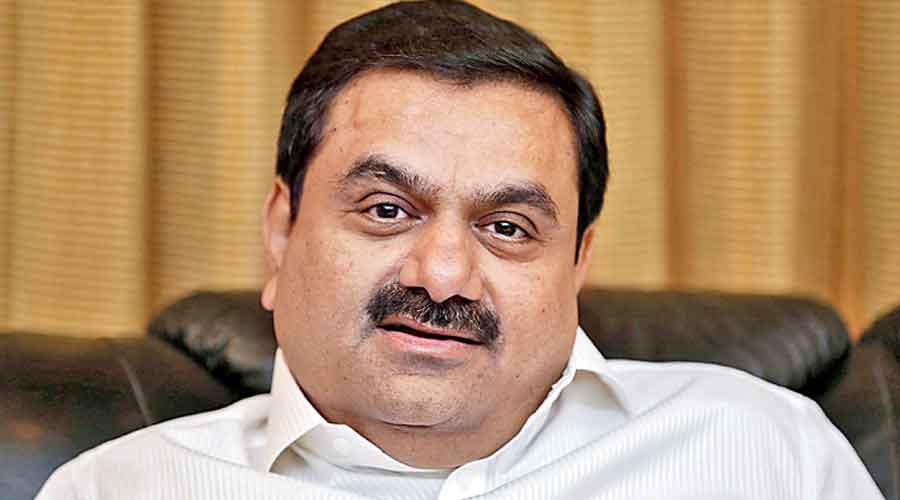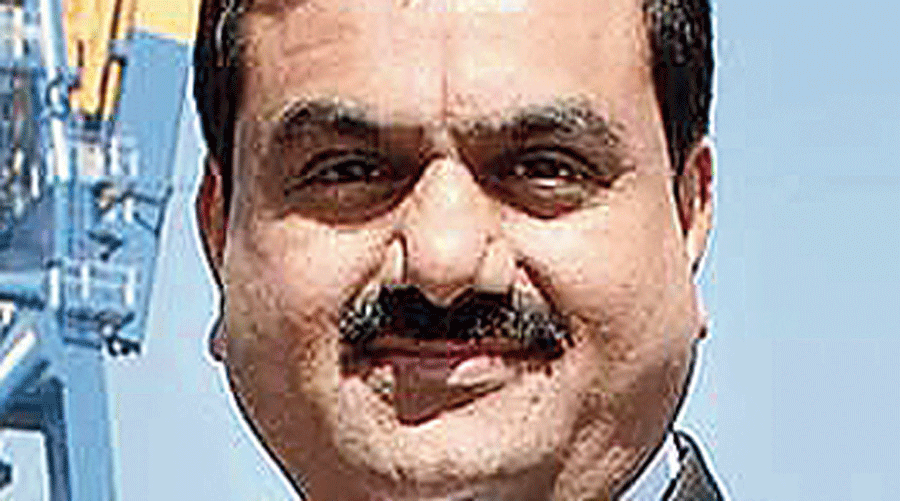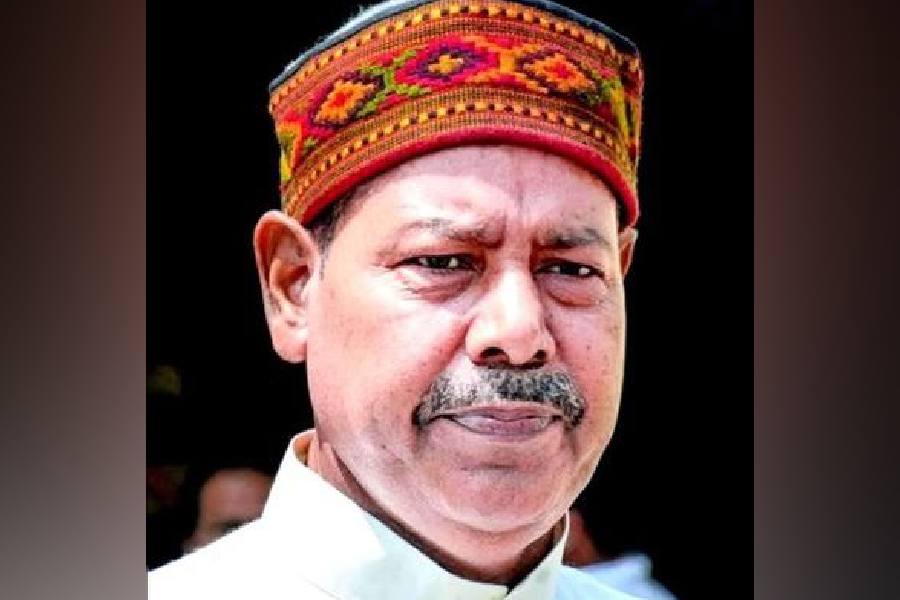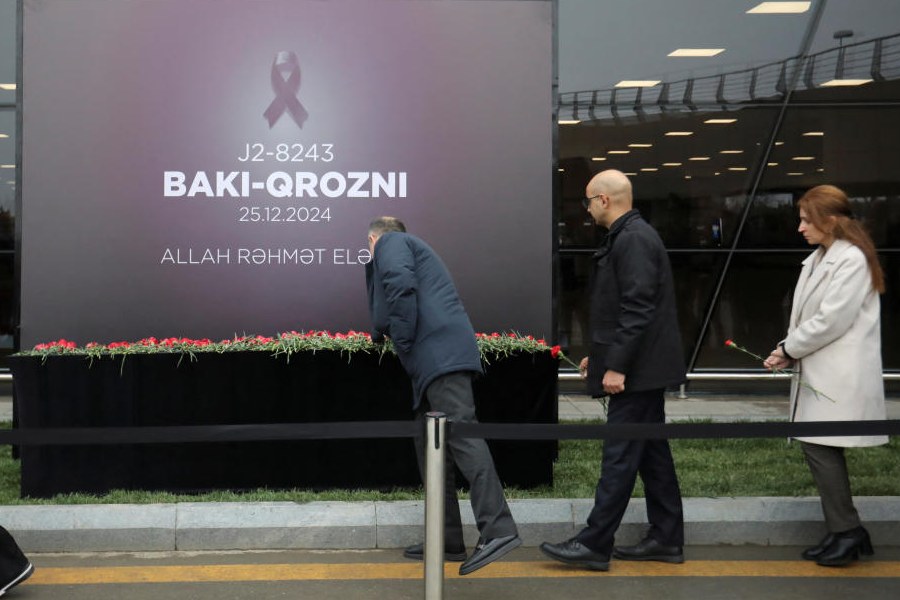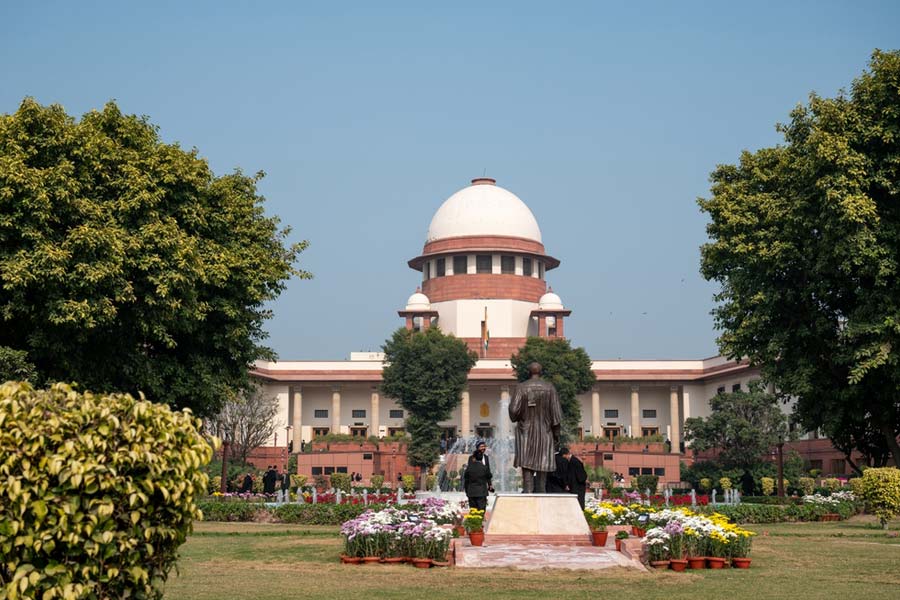Billionaire Gautam Adani is on a frenetic dealmaking spree, building up his corporate empire through acquisitions. On Friday, when the rest of the country was taking the day off for Janmashtami, the Adani Group announced it was buying power generator DB Power for Rs 7,200 crore. Four days earlier, group company Adani Logistics snapped up Navkar Corporation’s inland container depots in Gujarat for Rs 835 crore. Two weeks earlier, the group snapped up Macquarie Asia’s India toll roads for Rs 3,110 crore.
They were just the latest in a string of rapid-fire acquisitions by the tycoon as he ascends the global wealth charts – he’s now at Number 4 spot, worth a staggering $140.8 billion, according to the Forbes Real-time Billionaire list.
This week, also, Adani Green Energy got provisional clearance from the Sri Lankan government for two wind energy projects that will cost around $500 million. The group has indicated that they still have to decide on whether to go ahead.
For the 60-year-old self-made businessman, it seems scarcely a week goes by without a new deal or venture being announced. Last week, he said an alumina refinery will cost about $5.2 billion to be set up in Odisha. That came on top of an earlier announcement that he would build an aluminium production plant in Odisha.
Debt, rising debt
According to Bloomberg data, Adani has spent at least $17 billion on more than 30 acquisitions in the past year against the backdrop of an overall strong M&A run in India. Of course, this pell-mell expansion comes at a price. And for the Adani Group, the price is debt. The group’s total debt more than doubled to Rs 224,408 crore in the last fiscal year from the level it stood at five years earlier. In just the last year, the group’s net debt jumped 45 per cent. But banks are confident the group can manage its balance sheet, even though rising interest rates will make servicing the debt more expensive.
“They do have capital backing, We will continue to see them spot opportunities,” Pramod Kumar, managing director and head of investment banking for India at Barclays, told Bloomberg.
Adani has been accumulating acquisitions in four main sectors, ports, airports, energy and cement. He’s becoming a major player in this clutch of industries on a scale never witnessed in Indian industry.
Cement sector
Adani is about to become the country’s second-biggest presence in the domestic cement sector following his $10.5-billion purchase of Gujarat Ambuja and ACC from Swiss multinational Holcim. The Adani Group’s looking at huge expansion plans and aims to overtake the country’s biggest producer, Kumar Birla’s Ultratech. This week it received Sebi clearance to make an open offer to Gujarat Ambuja and ACC shareholders, as required under securities rules. In ports, he now has nearly a 25 per market share of commercial port activity, making him the biggest commercial port operator with 12 under Adani Ports' control including Mundra.
In airports, he now holds a majority in Mumbai Airport and is constructing the Navi Mumbai Airport and has airports in six other cities. He has the largest renewable energy portfolio. The Adani Group is also the country’s largest private sector power producer with a mix of thermal power, solar power and wind-power units. And Adani Total Gas has won 14 licences to supply CNG for automobiles and piped gas.
“They spy an acquisition opportunity and they go for it, quickly. They don’t wait,” said a mergers and acquisitions consultant. “Adani decided years ago that if he wanted the company to get big, really big, they would have to grow inorganically – they would have to go out and buy,” said the consultant, who didn’t want his name used.
Moves into media
Adani is also moving into the media, buying a 49 per cent stake in Quintillion Business Media which owns digital business news platform BQ Prime, giving it a foothold in digital business journalism. A few weeks earlier, the group announced it was buying Gujarat Samachar, a key Gujarat media player that owns a TV news station as well. Adani has made an opening move in the telecom sector – something fellow Gujarati businessman Mukesh Ambani will be watching closely, buying a small amount of 5G telecom spectrum for Rs 1 billion. Adani insists the spectrum will only be for “enhancing private network solutions” and improved cybersecurity for its airports and ports. But even his small buy has triggered frenzied speculation about an Ambani-Adani telecoms clash and whether, as one newspaper put it, Adani would “do an Ambani on Ambani” by making an ambitious foray into the sector.
Describing Adani’s style, Deven Choksey, general manager of KRChoksey has said he “has remarkable conviction as an entrepreneur and the capacity to expand after taking a calculated gamble.”
Adani already dominates a clutch of key sectors and he’s moving rapidly into several others. He’s the country’s airport king with seven major airports under his control, including Mumbai, one of the country’s largest.
Largest power producer
The Adani Group is also the country’s largest private sector power producer with a mix of thermal power, solar power and wind-power units. And Adani Total Gas has won 14 licences to supply CNG for automobiles and piped gas.
Entirely separate from these M&As, Adani’s also been ascending the global wealth charts at an extraordinary clip. Adani’s now worth $140.8 billion according to the Forbes Real-Time Billionaires List. That’s up from $130 billion barely 15 days ago. Less than a month ago on July 24, he was worth $115 billion. That means his wealth jumped by $25 billion in under a month. The Ahmedabad-based billionaire is in fourth position on Forbes’s wealth charts after whistling past household names like Bill Gates and stock market wizard Warren Buffett. Now the question is whether he can overtake Amazon’s Jeff Bezos who’s worth $163.3 billion. That’s $23 billion ahead of Adani. But if he keeps moving at the speed he’s been going, Adani could reach that level in another month or so.
Look no further than the stock market to understand why he’s racing up the wealth charts so swiftly. This week, three Adani Group companies were amongst the country’s fastest-climbing stocks, rising between 10 per cent and 25 per cent. Adani Power zoomed up 18.98 per cent from Rs 345.15 to Rs 410.65 on a combination of rising power demand and economic recovery.
For the quarter ended June 30 Adani Power reported net profits of Rs 4,780 for the quarter, 16 times more than the profits for the same quarter in 2021 when profits were dampened by the devastating Covid second wave.
Green energy
Similarly, Adani Green Energy has also been pelting upwards. On Friday, Adani Green shot up Rs 125.65. It has climbed Rs 263 in just the last five days. The company’s Kamuthi Solar Power Projects is one of the world’s largest of its kind. Also in the race to the top is Adani Ports and SEZ which has climbed Rs 74 to Rs 870 this week. Adani Ports is floating higher on news of the government’s draft Indian Ports Bill, 2022.
Then turn to Adani Transmission. It’s also in the power industry and has benefited from the same demand boom. Adani Transmission shot up Rs 147 in the last seven days on from Rs 3,451 to Rs 3,598 on Thursday. Adani Transmission was at Rs 1,075 on August 16, 2021 and it has more than tripled in the last one year. Analysts saying help drive the share prices is investor “FOMO” – fear of missing out..
Another group company, Adani Power, has risen 28.79 per cent in the last month (this is higher than the Power Index) and 2.98 per cent on Wednesday. Adani Enterprises has been zooming upwards throughout the year. It was at Rs 2,423 just one month ago. Step back a year to August 2021 it was at Rs 1,480, which means it has more than doubled in the last year.
Fastest wealth creator
It’s no surprise that Motilal Oswal’s latest annual wealth creation study Adani Transmission emerged as the fastest wealth creator and Adani Enterprises as the most consistent wealth creator.
In every sector, the group is racing to establish a commanding presence. For instance, the purchase of DB Power from the Dainik Bhaskar Group will get the company a 2x600MW power station in Chhattisgarh. The company’s plants currently produce around 12,450MW of thermal power and it has power purchase agreements for 9,153MW with half a dozen state governments. Besides that, it is putting up a 1,600MW plant in Jharkhand.
It hasn’t hurt Adani that he sees eye-to-eye on national goals with Prime Minister Narendra Modi, a fellow Gujarati that he supported during the months and years following the deadly anti-Muslim riots that occurred when he was chief minister and being isolated by other politicians and business people. It also helps that his business is mainly infrastructure whose growth the Modi government is prioritising. Adani likes to use Modi’s message in his own speeches that India must be “visibly a more atma nirbhar (self-reliant) India and puts emphasis on “nation-building.”
Well ahead of Ambani
For the last couple of years, Adani and Ambani have been jockeying for the title of richest Indian on the Forbes and Bloomberg wealth lists. For now, Adani is well out ahead of Ambani – $44 billion ahead currently, but also Ambani, who’s acquisition style is more conservative, is less debt-laden. So far, Adani has stuck mainly to his infrastructure lane while Ambani's ventures, aside from his oil-and gas-operations, have been more consumer-facing in recent years. For whether the tables turn in the wealth stakes, and Ambani overtakes Adani, we’ll have to watch this space.

